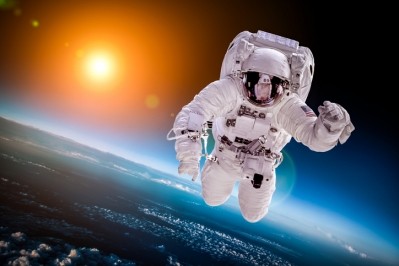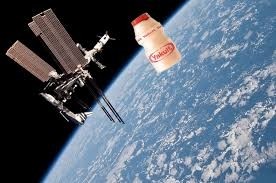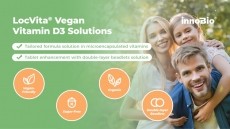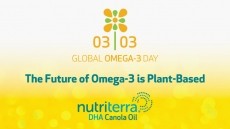From supernova to supermarket: How NASA nutrition science can benefit consumers
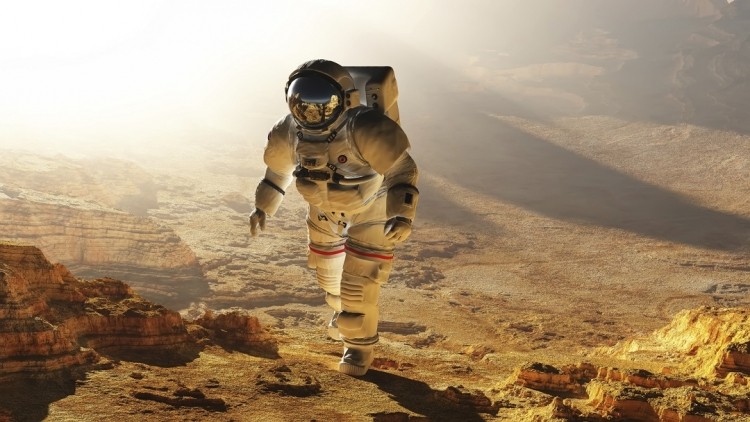
In this exclusive interview, Dr Perchonok explained that the food system will have to evolve if we are to successfully send humans to the planet Mars.
Dr Perchonok, an 11 year NASA food science veteran, is part of a team examining how to provide food of sufficient quality, quantity, and variety to allow astronauts to venture out on extended missions beyond Earth’s orbit.
According to a recent review in the Journal of Food Science, a mission to Mars would require two sets of food: One would be pre-packaged foods, similar to those currently used on the International Space Station (ISS), which can be consumed in transit.
The second set of food would be a store of food actually located on Mars for the crew to eat on arrival. In this case, food in the Martian larder could be between three and five years old by the time an astronaut sinks his or her teeth into it.
“I think we can get to five years of shelf life but I don’t know with what variety of food,” said Dr Perchonok.
“On the International Space Station we can offer about 180 foods,” explained the Houston-based scientist. “After two years, the number of different foods goes down pretty fast.”
Lessons for the food industry
Dr Perchonok, a proud and active member of the Institute of Food Technologists (IFT), is the first to admit that talk of a five-year shelf life is not of interest to the food industry. “Consumers don’t want food that lasts five years,” she said, “but there is a curve that begins with food of very high quality”.
“As we increase the quality of foods by providing technology [like high pressure processing], this creates opportunities for the food industry for higher quality products,” she added.
Dr Perchonok adds that she attends a lot of IFT meetings and meets up with a lot of food industry folks, and that the interaction is now extending to professional collaboration. “NASA is trying looking to partner more with industry, and one of them is the food industry,” she said.
Defining ‘shelf-life’
NASA food scientists can already employ techniques that remove microbial spoilage from their equations, unless the packaging is cracked or compromised. For astronauts, shelf life is related to nutritional content and acceptability.
Ensuring vitamin delivery over five years of space travel may not be rocket science, but it poses complicated technological challenges for NASA food scientists. Progress is being made and studies with various delivery forms, from tortillas to multivitamin tablets, have already shown that concentrations of certain vitamins decline significantly during long-term storage.
Given a choice between food and supplements, she chooses food and not because she likes to chew: The food matrix may offer a natural protection against the gradual degradation of nutrients, she said. Vitamin C, for instance, is better protected in acidic environments, so it’s important to choose a suitably acidic carrier product if it is to last a long time.
Microencapsulation might also be a useful tool to ensure the nutrients present in foods are protected from potential degradation.
In fact, contrary to what the 1960s cartoon Space Age family The Jetsons would have us believe, taking food in the form of a cube or a pill doesn’t appear to be on NASA’s radar. In the real-life Gemini program (NASA’s second human spaceflight program), the foods did come in the form of bite-size cubes of meat, fruit, bread and so on, but the novelty factor can only get you so far: Many cubes were apparently returned uneaten.
Packaging problems
So how do you keep food edible for half a decade? In the absence of a refrigerator or a freezer (except Skylab, no US space vehicle has ever been fitted with a fridge/freezer), NASA food scientists are thinking outside the box… or at least outside.
It’s pretty cold in space, but while Dr Perchonok and her team are exploring using space as a ready-made freezer, she said: “The problem with space is that it is almost too cold, and the packaging starts cracking.”
According to NASA, the temperature on Mars can fluctuate between a minimum of -225 F (-153 °C) and a maximum of 70 F (20 °C), and that's not even counting the coldness of Space in between.
Trying to deal with this by making the packaging thicker or more resistant also has implications for storage of the foods, added weight, and what to do with the trash after consumption of the contents.
Focus on the food
If food packaging can only get you so far, attention returns to working on the food inside and the potential of emerging technologies, including high-pressure processing and microwave sterilization to provide solutions to improve the quality of the food itself.
High pressure processing involves subjecting food to pressures up to 6,000 atmospheres (with or without heat) to kill off the microbes present. This technique may also be used to “alter the food attributes to achieve qualities desired by consumers,” noted Dr Perchonok and her co-authors in the Journal of Food Science.
Microwave sterilization involves cooking a food at a high temperature (129 °C) for a short period of time (10 minutes), which would be a vast improvement over the current thermostabilization technique, which involves cooking at 121 °C for much longer.
As with all emerging technologies, more work is going to be needed before we see a wide-scale roll-out of such techniques, but the opportunities appear promising.
Proof in the pudding
Dr Perchonok is confident that the aim of high quality, long-lasting, nutrient-rich foods is attainable, but what would these long-distance astronauts be looking at day-in, day-out for five years? The appearance of the food is not a major issue, she said, when you are eating out of a pouch. “But it is still an issue because nobody wants to look at a brown carrot.”
IFT
Dr Perchonok and members of the food science team in Houston, Texas, were the subject of an award-winning video from IFT. Please click here to watch “A Day in the Life of a NASA Food Scientist”.


